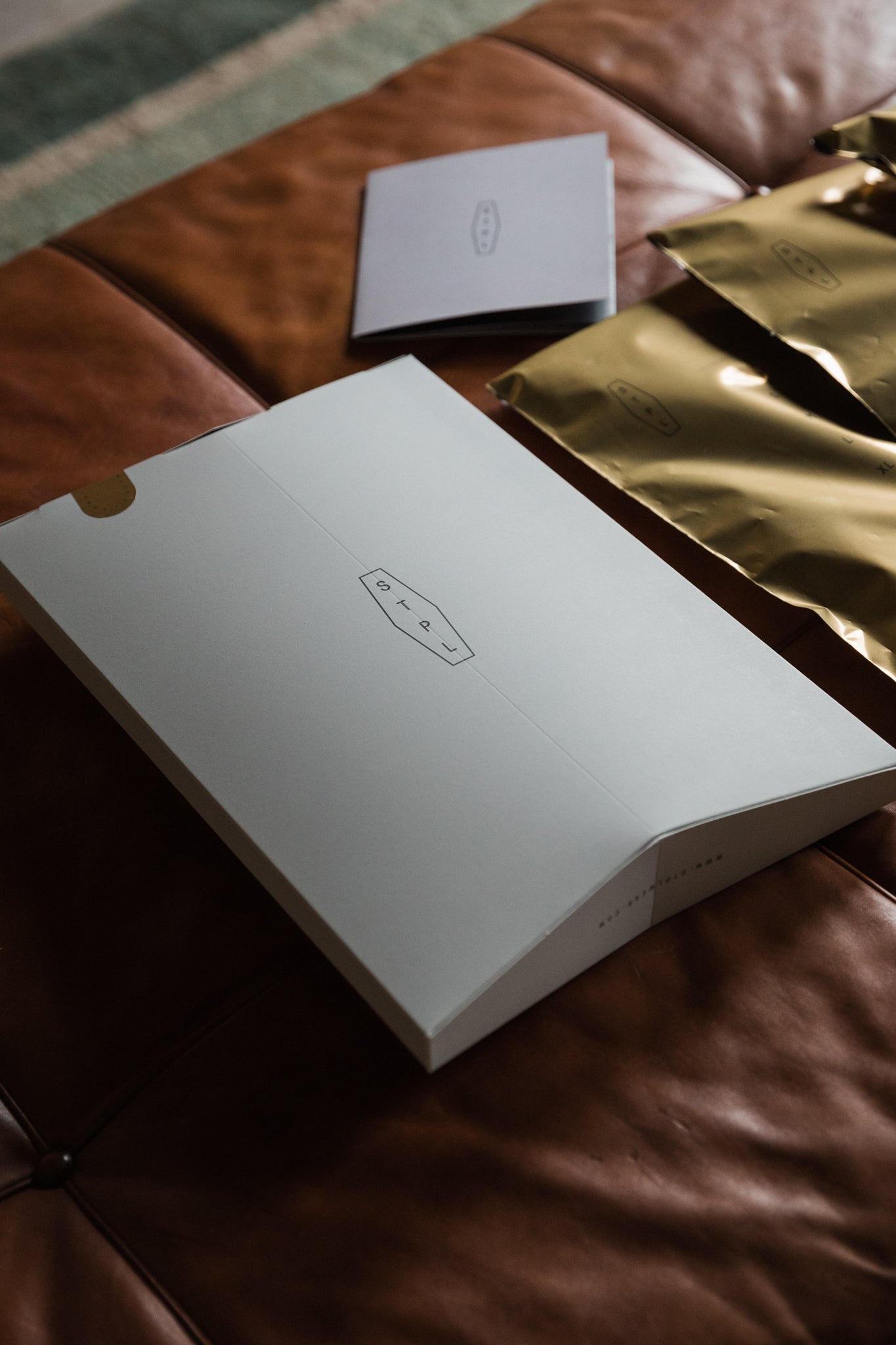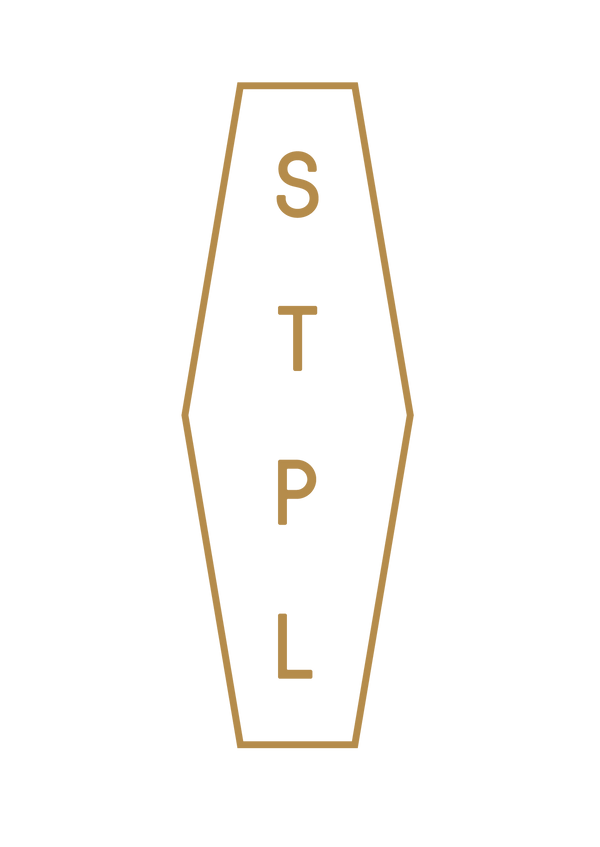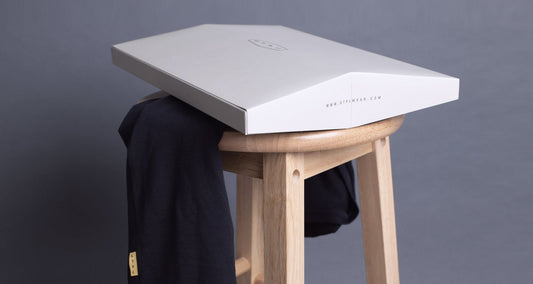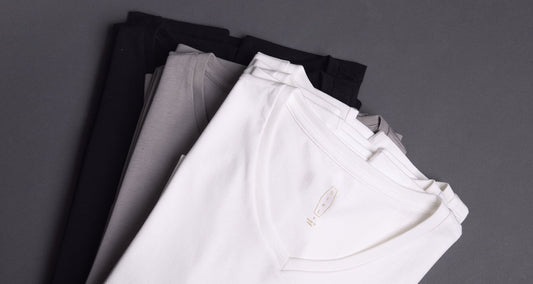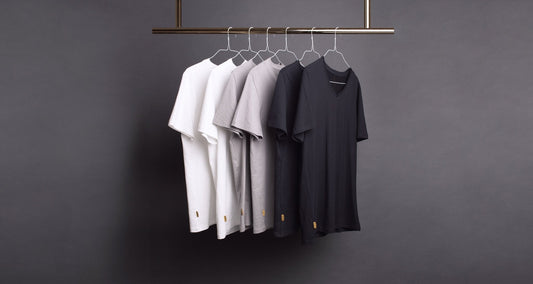Peruvian Clothing Culture
Share
At STPL we are committed to using incredible fabrics.
We were drawn to Pima cotton due to its vast array of increebile properties but we still had a choice to make as to which country we sourced our Pima from. Peru has a rich history of textile production and so we figured it is the perfect choice (and how right we were.)
Fine textile production is a millennial tradition in Peru, dating back more than 2,500 years, when cotton was first domesticated in the country. It played a central role in society and daily life in ancient Peru.

Cotton clothes are not only utilitarian but they hold a symbolic and ceremonial purpose, oftentimes indicating power or religious beliefs. Garments achieved their highest technical and artistic levels during the height of the Paracas civilisation in the Ica Valley, between 600-150 BC.
Made from camelid wool and cotton, the extraordinary Paracas textiles were finely woven and brightly coloured, indicating religious beliefs as well as social status and authority. Later cultures, including the Wari and Chancay, continued this tradition, producing very fine and high complex textiles, including muslins, tapestries and brocades, using a variety of techniques.

During the pre-Hispanic Andes period, cloth continued to be the most valued item from an economic, political and religious perspective. Like their predecessors, the Incas employed cloth both as a utilitarian good and medium of taxation as well as a sign of wealth and political favour. The form and decoration of cloth itself denoted components of social identity such as gender, ethnicity or social status. For instance, feathers, vicuña and metals were materials reserved for political elites.

An intricate repertoire of techniques was used for making and developing cloth, including tapestry, double and triple-cloth, and warp-patterned weaves. During the Spanish conquest the European foot pedal loom was introduced and European fashions and knitting became predominant. However, pre-Hispanic weaving techniques are still in use today in some parts of Peru.
“The value attributed to textiles by pre-Columbian societies can be compared to the importance given to gold and silver. Textiles served as much more than clothing; they were also a medium for spreading religious ideas and for transmitting messages to the next world when they were employed to wrap the mortal remains of the dead. They also served as exquisite gifts for the rulers of these societies, as well as to denote social status” (Museo Larco, Peru)
When we visited Peru it was incredibly inspirational to see how many Peruvians still wear traditional Peruvian clothing and we left Peru confident in the knowledge that we are in extremely safe hands.

